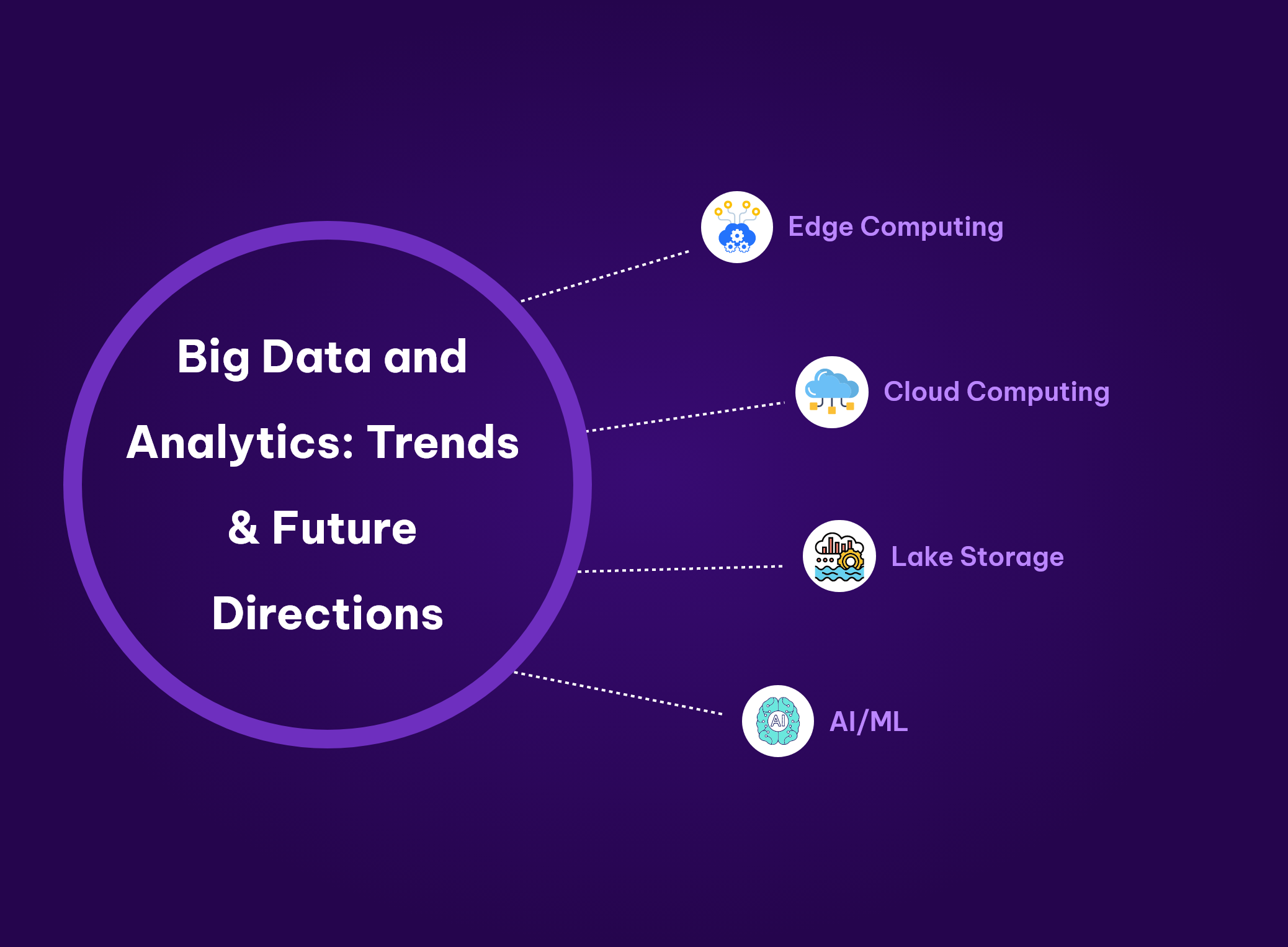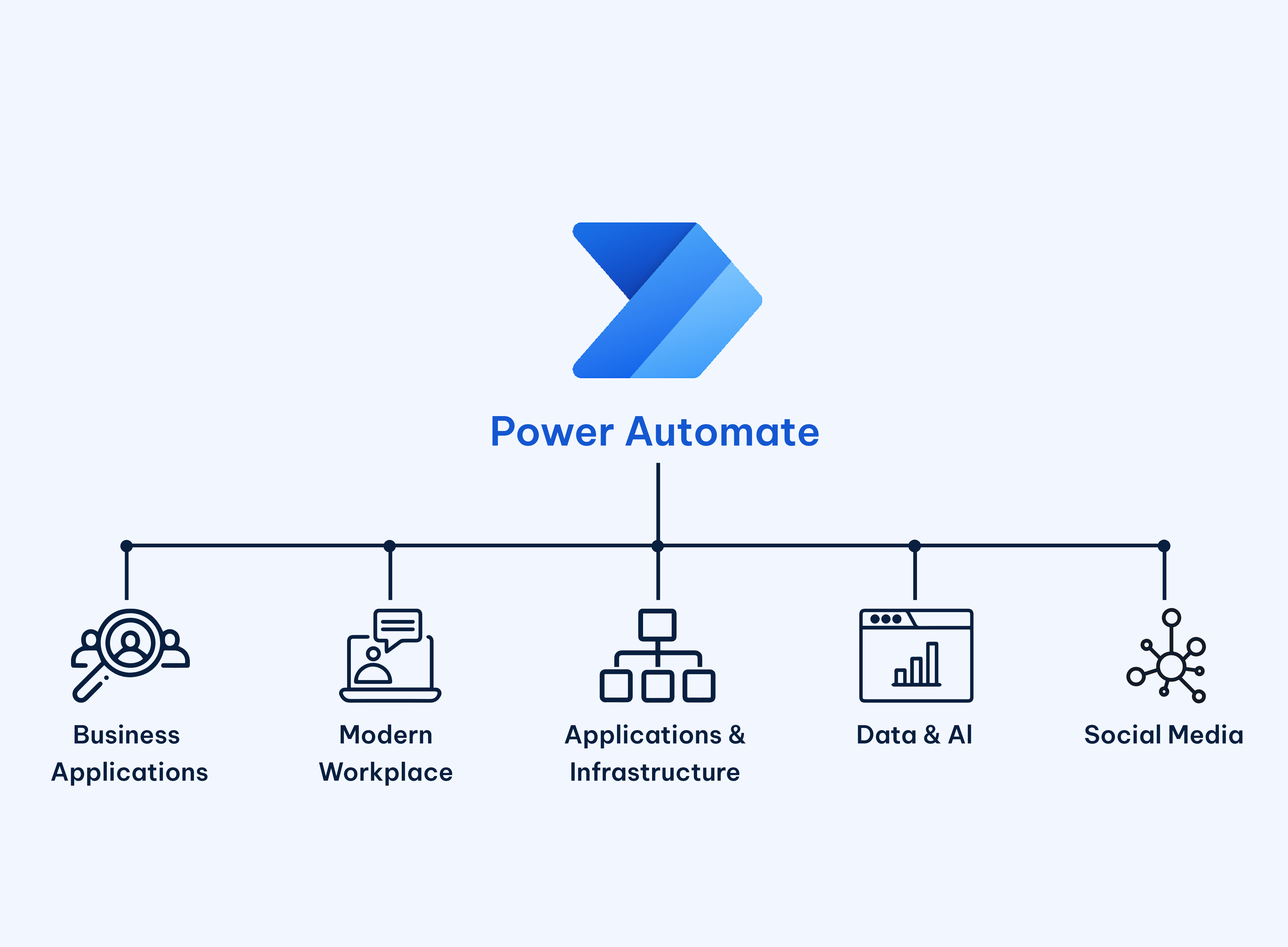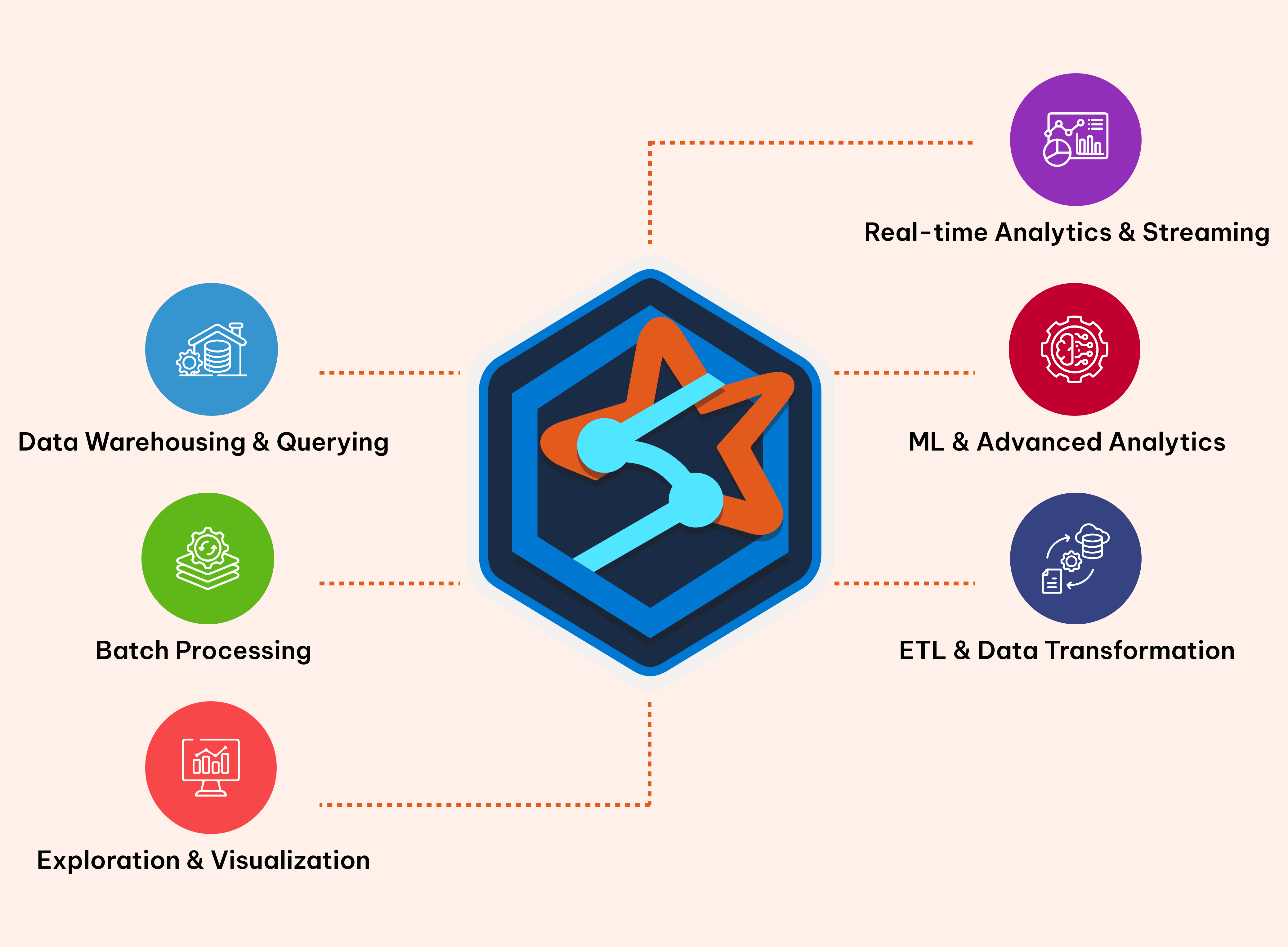Data Analytics
Digital Transformation for Businesses

Digital transformation has become an essential driver for success in today's world. It is the process of digitalizing the business systems, data, workflow, and internal operations to make data-driven decisions, increase ROI, and enhance customer experience. According to Statista, global spending on digital transformation will touch $3.4 trillion by 2026.
Another report shows that the digital transformation market will grow at a CAGR (compound annual growth rate) of 23% between 2019 and 2025. Gartner says 91% of businesses are already engaged in some form of digitization or digital initiative. However, digital transformation for businesses is not a short-term project or a one-time implementation process. It is a continuous process where enterprises have to constantly improve and upgrade their technology to stay relevant in the competitive markets.
Embracing Change: The Essence of Digital Transformation
Digital transformation encompasses a comprehensive overhaul of traditional business processes, workflows, and strategies through the integration of digital technologies. This can include the adoption of cloud computing, artificial intelligence, data analytics, Internet of Things (IoT), and other cutting-edge technologies. The objective is not just to automate existing processes but to redefine and optimize them for a rapidly changing global landscape.
The Driving Forces Behind Digital Transformation
Several factors drive the urgent need for digital transformation in today's business environment:
Technological Advancements
The rapid pace of technological innovation creates both challenges and opportunities. Businesses must adapt to new tools and platforms to stay relevant.
Changing Customer Expectations
Consumers now expect seamless, personalized, and real-time interactions. Digital transformation enables businesses to meet these expectations and deliver a superior customer experience.
Competitive Pressure
Companies that embrace digital transformation gain a competitive edge. Those who resist risk falling behind as their competitors leverage technology to gain efficiencies and innovate.
Data Explosion
The abundance of data provides valuable insights for informed decision-making. Digital transformation enables organizations to harness and analyze this data to drive business intelligence.
How to Use Digital Transformation in Business?
Digital transformation is a long-term investment. It cannot be completed in a couple of weeks or even months. On average, the digital transformation of an established enterprise can take about five years. After this, the enterprise will have to keep updating its systems and training programs to continue using the latest technology in the market.
Define Clear Objectives and Strategy
Digital transformation begins with a clear definition of business objectives. Whether it's improving efficiency, customer experience, or expanding market reach, having a well-defined purpose is essential. Develop a comprehensive strategy aligned with these goals, encompassing technology adoption, process optimization, and cultural changes within the organization.
Invest in the Right Technologies
Assess your current technology infrastructure to identify gaps and areas requiring improvement. Tailor your technology adoption to align with business objectives. Embrace emerging technologies such as cloud computing, AI, IoT, and data analytics, ensuring they complement your overall digital transformation strategy.
Collaborate and Build Partnerships
Invest in collaborative tools and platforms to facilitate communication and teamwork. Foster a culture of collaboration among employees. Explore strategic partnerships with technology vendors or other organizations that complement your digital transformation goals.
Data-Driven Decision Making
Implement robust data analytics tools to derive actionable insights. Make informed decisions based on data-driven analysis, continuously refining strategies based on evolving insights. Prioritize data security measures to protect sensitive information.
Challenges and Risks
Despite the numerous benefits, digital transformation comes with its own set of challenges. These may include resistance to change, cybersecurity threats, and the complexity of integrating new technologies into existing systems. A carefully planned strategy, along with effective change management, is essential to mitigate these risks.
The Road Ahead
As businesses navigate the complexities of digital transformation, it's essential to view it as an ongoing journey rather than a destination. Continuous adaptation to emerging technologies, evolving customer expectations, and market dynamics is key. Success lies not only in the deployment of advanced technologies but in cultivating a mindset that embraces change and innovation.
In conclusion, digital transformation is more than a technological upgrade; it's a holistic reimagining of how businesses operate. Embracing this transformation is no longer optional but imperative for survival and success in the digital age. As organizations embark on this journey, they must remain agile, customer-focused, and committed to fostering a culture of innovation to thrive in an ever-changing business landscape.
Tags
- Digital Transformation
- Technological Advancements
- Digital Initiative Technology
- Adoption Business intelligence
- In22labs
- PowerBI
- Data Analytics
- e-governance
Written by
Koushik Karthikeyan
Published on
05 February 2024





























